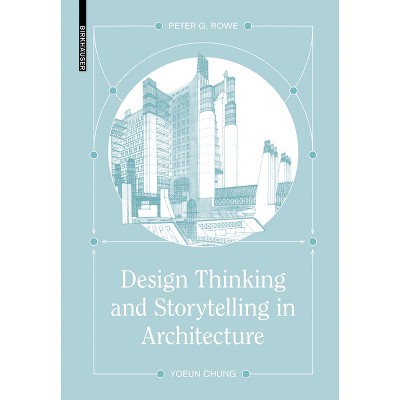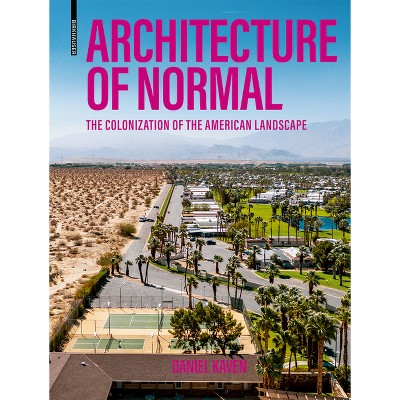Sponsored

Architecture and Welfare - by Thordis Arrhenius & Ellen Braae & Guttorm Ruud (Paperback)
In Stock
Sponsored
About this item
Highlights
- The decades after the Second World War saw ambitious building programs to ensure social welfare.
- About the Author: Prof. Thordis Arrhenius, School of Architecture, KTH Stockholm Prof. Ellen Braae, Landscape Architecture and Planning, University of Copenhagen Dr. Guttorm Ruud, Oslo School of Architecture and Design
- 328 Pages
- Architecture, Regional
Description
Book Synopsis
The decades after the Second World War saw ambitious building programs to ensure social welfare. The Scandinavian countries in particular underwent an intense modernisation phase with the aim to distribute welfare to all. Yet, the relationship between welfare values and design in Scandinavia is anything but stable. The spatial and political legacy of post-war construction varies amongst Denmark, Sweden, and Norway and their welfare models have been changed, contested, and copied over time. This book explores how architecture, once seen as a medium for universal welfare, inclusion, and political participation, is now often associated with the opposite, such as alienation, exclusion, and segregation. The volume offers new perspectives on the history and redesign of post-war architecture and urbanity.
About the Author
Prof. Thordis Arrhenius, School of Architecture, KTH Stockholm
Prof. Ellen Braae, Landscape Architecture and Planning, University of Copenhagen
Dr. Guttorm Ruud, Oslo School of Architecture and DesignShipping details
Return details
Trending Non-Fiction











